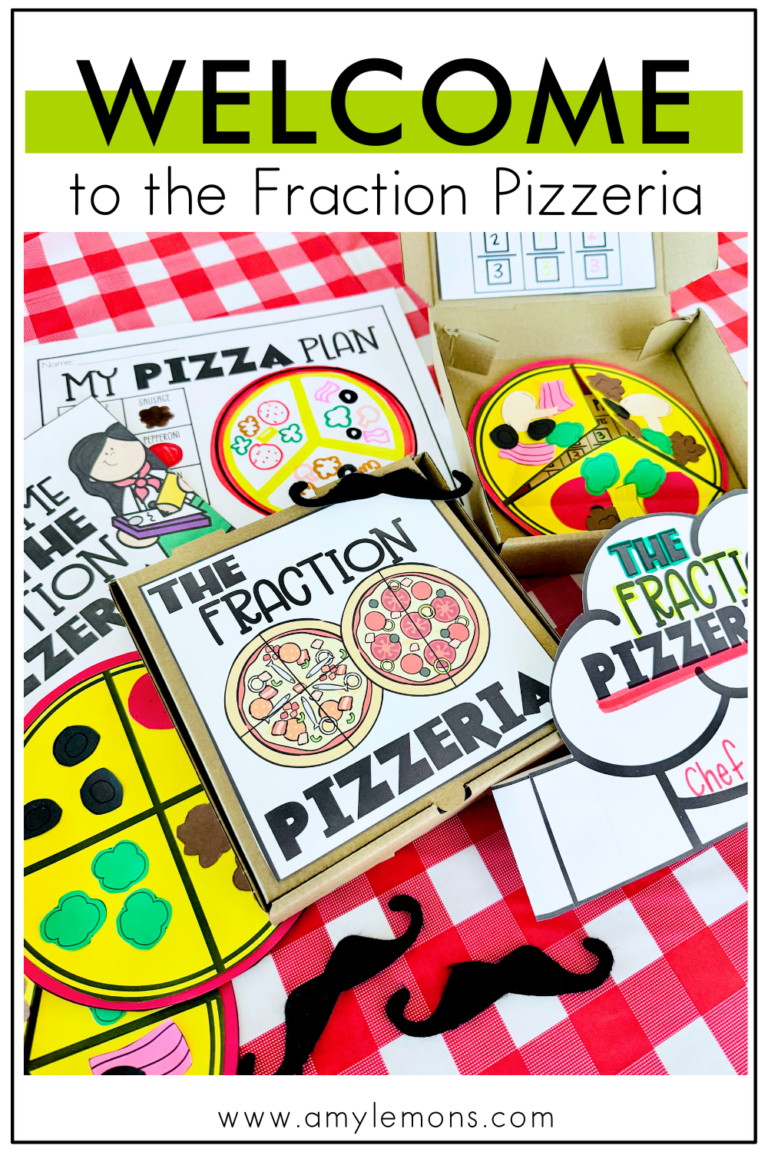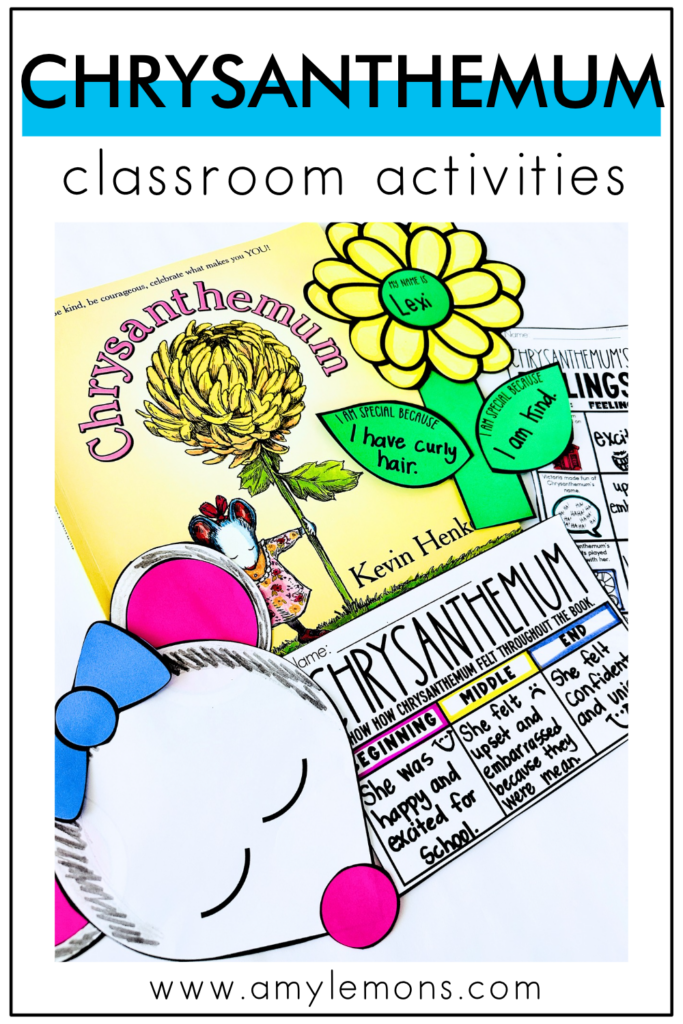

{Disclosure: Affiliate links have been used in this post but I only share items I use and enjoy!}
As nerves ramp up in anticipation of the return to school, your teacher’s heart may yearn for the perfect way to set the tone for the class and welcome students back. One way I’ve always loved to greet my students is by reading back-to-school picture books. Many fantastic options exist, but I think I’ve found the perfect one!
For years, I have welcomed students by reading Chrysanthemum by Kevin Henkes. This charming picture book is perfect for the first week of school as it captivates young readers with important lessons about emotions and empathy.
Recently, it dawned on me the impact Chrysanthemum lesson plans would make as an anchor during the first week of school. Using it to explore character feelings helps students connect their feelings about a new school year with new classmates and all the uncertainty that brings.
The first day of school is met with a mix of emotions. What I love about Chrysanthemum is that it helps drive out those feelings in a relatable way.
To enhance students’ understanding of character feelings as they explore them in the book, begin by discussing how students felt before their first day of school or how they feel today. This helps them relate their own experiences to those of the characters in the story.
Encouraging them to share their feelings fosters community and empathy in the classroom. After the discussion, have students draw and write about their feelings.
This activity will reinforce their understanding of emotions and allow them to express themselves creatively. By connecting their feelings to those of the characters, students will develop a deeper comprehension of the story and empathy for others.
As you read the text, pause at key moments for conversation. You want to use Chrysanthemum as an interactive read-aloud where the teacher guides the discussion and models thinking aloud. This helps students make connections and inferences while reading.
Ask open-ended questions during those moments to allow students to predict what happens next, reflect on characters’ feelings, and relate events to their own experiences.
These discussions enhance comprehension and foster a deeper engagement with the text.
Interactive read-alouds also help students practice listening and speaking skills, creating a dynamic and inclusive classroom environment.
After reading Chrysanthemum, continue discussing the different feelings that students or characters may experience. Incorporate a focus poster to help explore a variety of emotions.
Encourage students to think about how the main character, Chrysanthemum, felt during different events in the story. They can respond to these events by either writing or drawing.
This activity helps students practice identifying and describing character feelings as they change throughout a story, which only deepens comprehension.
While reading the text, students have most likely made connections to Chrysanthemum whether they realize it or not. Use a focus poster to discuss how making connections to the text can help us better understand a character and their emotions.
The book employs lots of figurative language, such as Chrysanthemum “wilting” or “blooming” as her feelings change. Have students make connections to Chrysanthemum’s feelings by writing or drawing about a time they “wilted” and a time they “bloomed.”
This activity allows students to reflect on their own experiences and understand how they relate to Chrysanthemum’s journey.
Additionally, discuss what makes Chrysanthemum special and have students identify what makes them special, reinforcing the theme of individuality and self-worth.
Kevin Henkes often uses mice as characters in his stories. Extend the lesson by having students create themselves as a mouse character! Lead them in a directed drawing of a mouse, showing the steps to ensure everyone can follow along.
Encourage students to add unique characteristics to make their mouse represent them personally. Following the drawing activity, students can complete a writing activity with information about themselves, either truthfully or imaginatively, as if they were a mouse character.
This creative exercise allows students to express their individuality and connect with the story in a fun and engaging way.
Chrysanthemum is a great book to promote kindness in the classroom. Find additional book suggestions for teaching students to be kind to each other in my list of favorite picture books about kindness.

Hey, y’all! My name is Amy Lemons and I am passionate about providing students with both engaging and effective standards-based Math and ELA lessons.

Sample a day of Rooted in Reading with these lesson plans and activities for Reading Comprehension, Vocabulary, and Grammar!